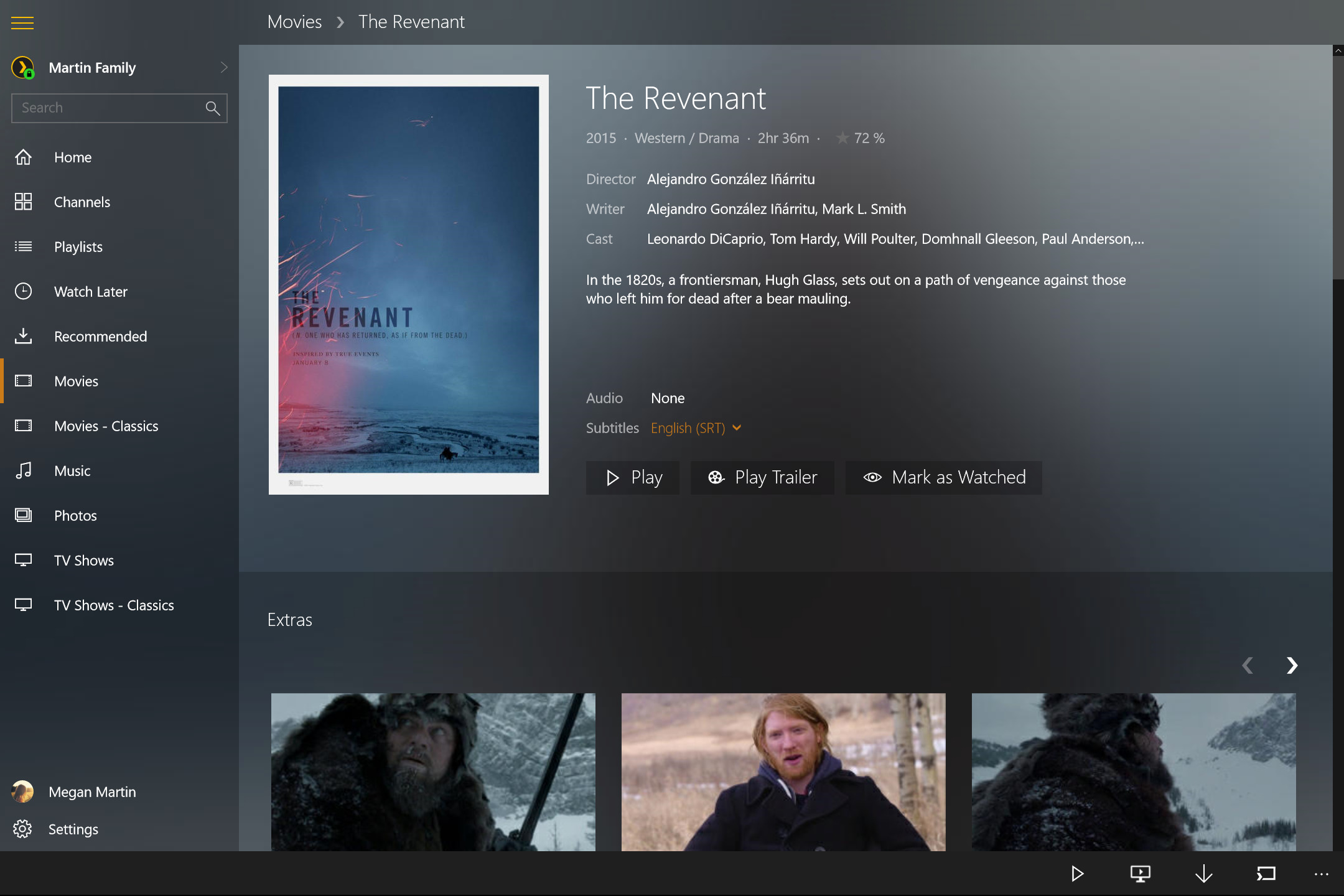

Next, you need to install the Plex Media Player onto any device you want to use Plex on. You can spend more time later customizing and configuring it as you want to, and adding channels. DLNA, which is the network protocol we need to play on VLC, is enabled by default so no more action is needed here. That is all you need to do for basic Plex Media Server setup it’s a fairly straightforward process.
 Install the channels you want to include. Add your network and allow remote access when prompted. Select ‘Add Library’ and import the media you want to share. If you want to stream outside your home network, enable ‘Connect to Plex.’. Sign up for a Plex account and follow the setup wizard. Download the Plex Media Player app onto any device you want to consume the media on. Download and install Plex Media Server onto that central device. You can also watch through a browser or VLC media player, as I will show you. You have media files–music, movies, TV shows, and even photos–but you don’t have an easy way to access them on your plentiful and varied devices.The Plex Media Server is mandatory for this to work, but the app is optional. Here’s a common situation that all too many people find themselves in. Plex Media Server is a user-friendly way to store and stream your movies, shows, and other media in from one place, whether you’re at home or on-the-go. If you’re looking for a no-headache way to watch TV and movies anywhere, this is it. Next, download Plex clients for your TV, mobile device, or use DLNA/UPnP streaming to stream over your local network. Download the server application from Plex's website, install it, then follow the setup process to add media to your library.
Install the channels you want to include. Add your network and allow remote access when prompted. Select ‘Add Library’ and import the media you want to share. If you want to stream outside your home network, enable ‘Connect to Plex.’. Sign up for a Plex account and follow the setup wizard. Download the Plex Media Player app onto any device you want to consume the media on. Download and install Plex Media Server onto that central device. You can also watch through a browser or VLC media player, as I will show you. You have media files–music, movies, TV shows, and even photos–but you don’t have an easy way to access them on your plentiful and varied devices.The Plex Media Server is mandatory for this to work, but the app is optional. Here’s a common situation that all too many people find themselves in. Plex Media Server is a user-friendly way to store and stream your movies, shows, and other media in from one place, whether you’re at home or on-the-go. If you’re looking for a no-headache way to watch TV and movies anywhere, this is it. Next, download Plex clients for your TV, mobile device, or use DLNA/UPnP streaming to stream over your local network. Download the server application from Plex's website, install it, then follow the setup process to add media to your library.






 0 kommentar(er)
0 kommentar(er)
